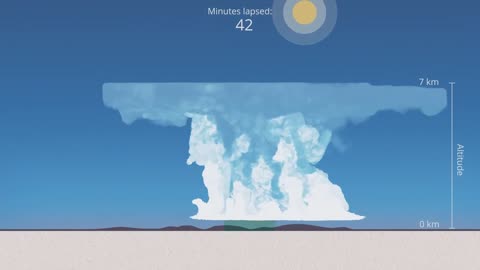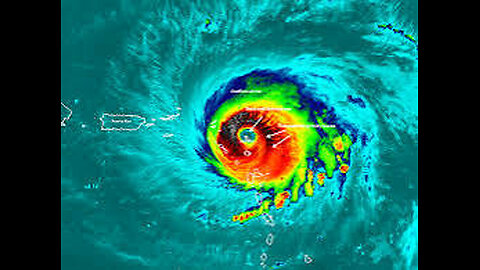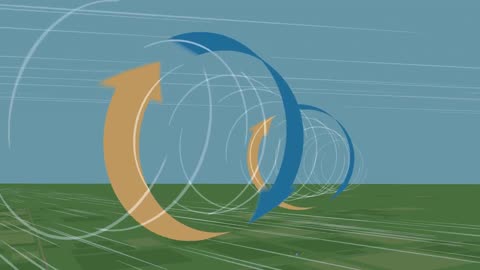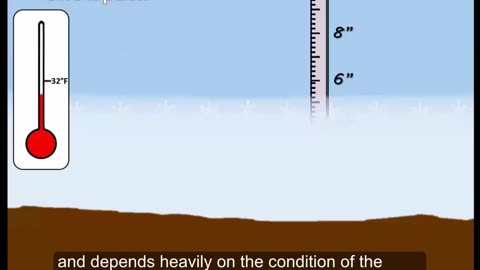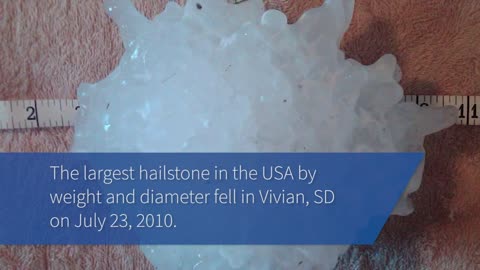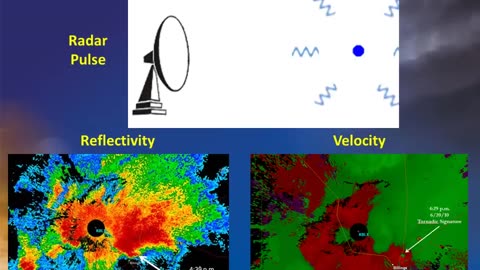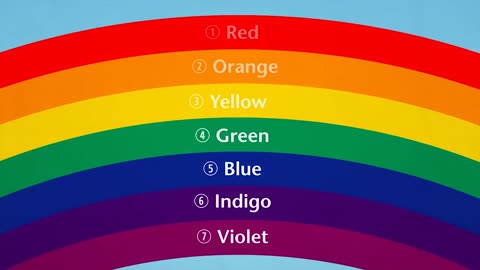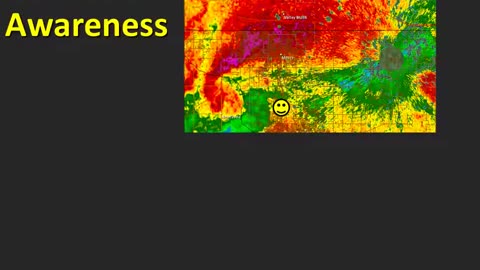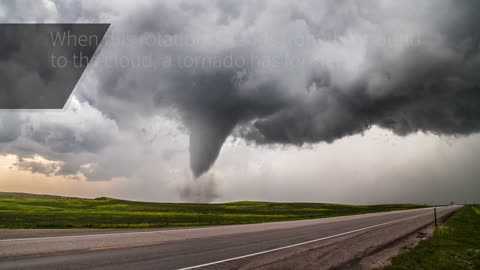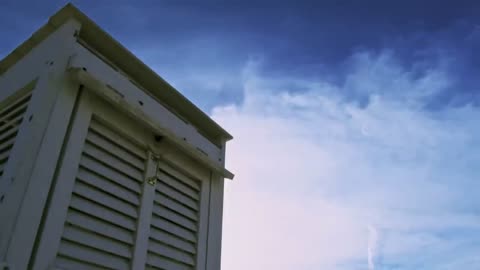Premium Only Content
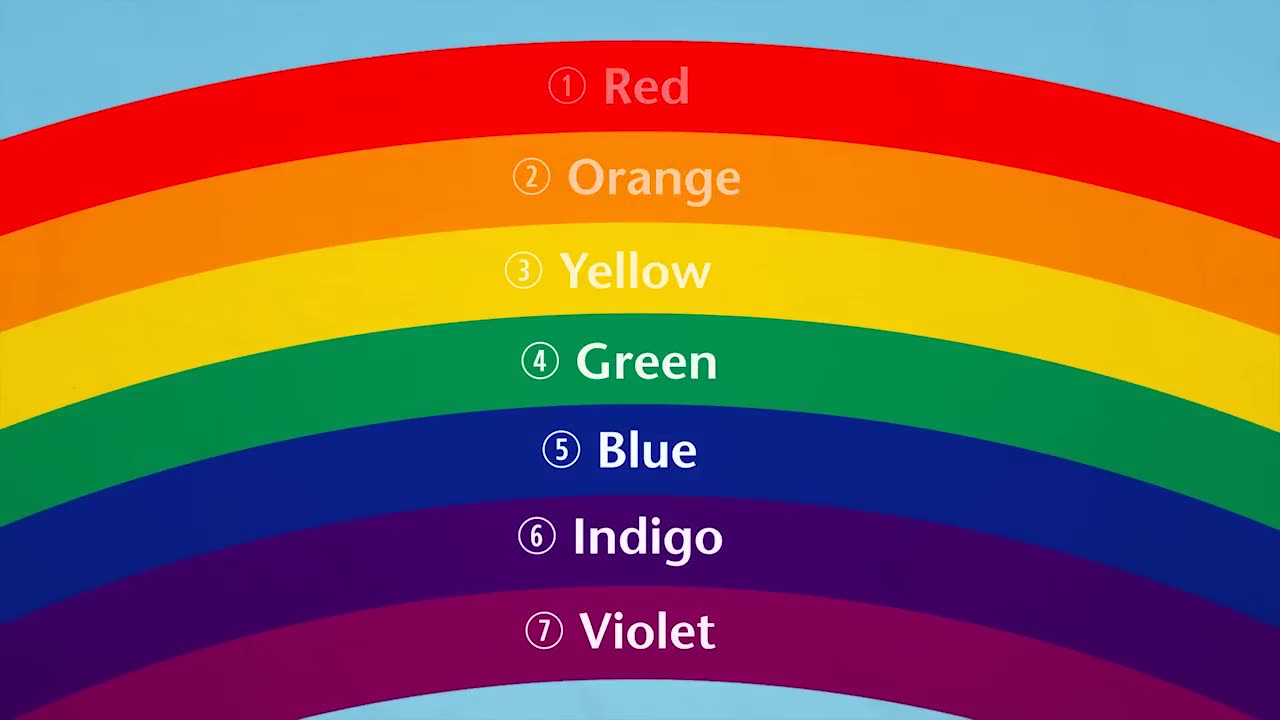
Simulation of an isolated Thunderstorm - Cumulonimbus
RHow Do Hurricanes Form? Meteorology - Weather Basics
What Causes a Tornado? - Meteorological Basics
NOAA: 'The Hurricane Hunters'
What is the Enhanced Fujita Tornado Scale - Weather Basics - Meteorology
What is a Blizzard? Weather Basics - Meteorology
The Science of Hail - Meteorology - Weather Basics
Doppler Weather Radar Basics - Weather Basics - Meteorology
How Do Rainbows Form? - Weather Basics
Thunderstorm Types - Meteorology - Weather
How Does Rain Form? What is the Water Cycle?
Hurricanes - Weather Basics - Meteorology 101
The Science Behind Lightning - Meteorology
How does snow form? - Meteorology
Storm Spotting: Storm Motion and Positioning- Meteorology
The Science Behind Tornadoes - Meteorology
A Tutorial on Cloud Types - Weather 101 - Meteorology
How Do Rainbows Form? - Weather Basics
How Do Rainbows Form?
rainbow is an optical phenomenon caused by refraction, internal reflection and dispersion of light in water droplets resulting in a continuous spectrum of light appearing in the sky. The rainbow takes the form of a multicoloured circular arc. Rainbows caused by sunlight always appear in the section of sky directly opposite the Sun. Rainbows can be caused by many forms of airborne water. These include not only rain, but also mist, spray, and airborne dew.
Rainbows can be full circles. However, the observer normally sees only an arc formed by illuminated droplets above the ground,[3] and centered on a line from the Sun to the observer's eye.
In a primary rainbow, the arc shows red on the outer part and violet on the inner side. This rainbow is caused by light being refracted when entering a droplet of water, then reflected inside on the back of the droplet and refracted again when leaving it.
In a double rainbow, a second arc is seen outside the primary arc, and has the order of its colours reversed, with red on the inner side of the arc. This is caused by the light being reflected twice on the inside of the droplet before leaving it.
More Meteorology Videos
https://rumble.com/playlists/JfAj918PQuc
-
 0:11
0:11
Earth Wind and Fire
17 days agoTornado near Titanic, Oklahoma Nov 4, 2024
2742 -
 46:21
46:21
PMG
20 hours ago"Venezuelan Gang in 16 States, Animal Testing Crackdown, & Trump’s Nominee Battle"
319 -
 LIVE
LIVE
VOPUSARADIO
7 hours agoPOLITI-SHOCK! WW3!?, BREAKDOWN OF THE WORLD EVENTS & R.A.G.E. (What it means & What's next!)
34 watching -

The StoneZONE with Roger Stone
4 hours agoWhy Democrats Hold Poor Children Hostage in Failing Schools | The StoneZONE w/ Roger Stone
18.3K2 -
 LIVE
LIVE
Tundra Gaming Live
4 hours agoThe Worlds Okayest War Thunder Stream//Air Force Vet Flys Jets
143 watching -
 2:00:54
2:00:54
Redacted News
6 hours agoBREAKING! Putin just SHOCKED the world, launches nuclear capable warheads "NATO can't stop it"
158K367 -
 55:37
55:37
Candace Show Podcast
5 hours agoMatt Gaetz Out, Jussie Smollett Walks Free! | Candace Ep 108
121K289 -
 54:43
54:43
LFA TV
23 hours agoTrump Has Learned His Lesson | Trumpet Daily 11.21.24 7PM EST
24.2K4 -
 1:02:42
1:02:42
theDaily302
12 hours agoThe Daily 302-Special Border Invasion Shutdown Show
14.7K -
 4:29:05
4:29:05
Tate Speech by Andrew Tate
13 hours agoEMERGENCY MEETING EPISODE 92 - IN THE TRENCHES
767K1.18K
